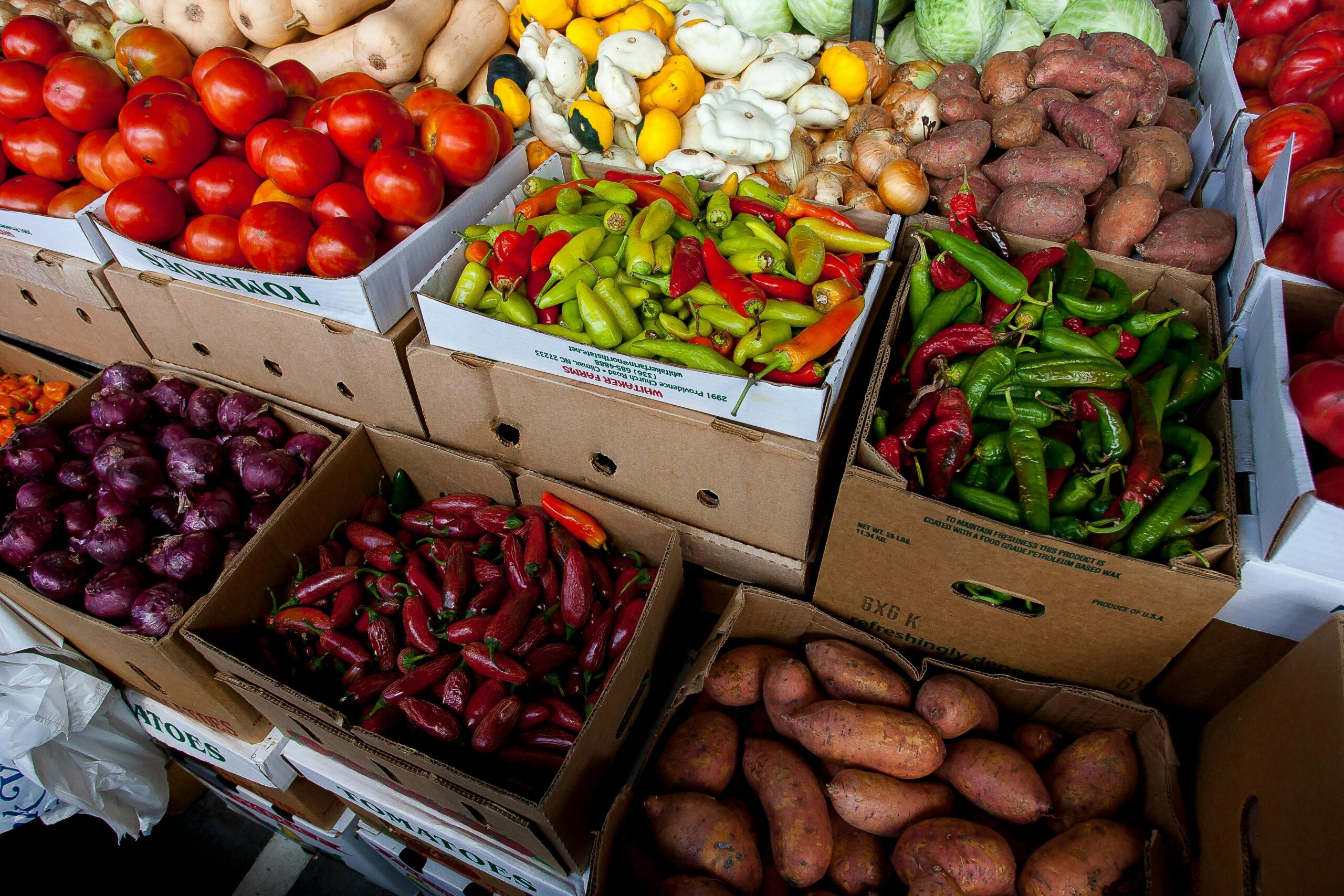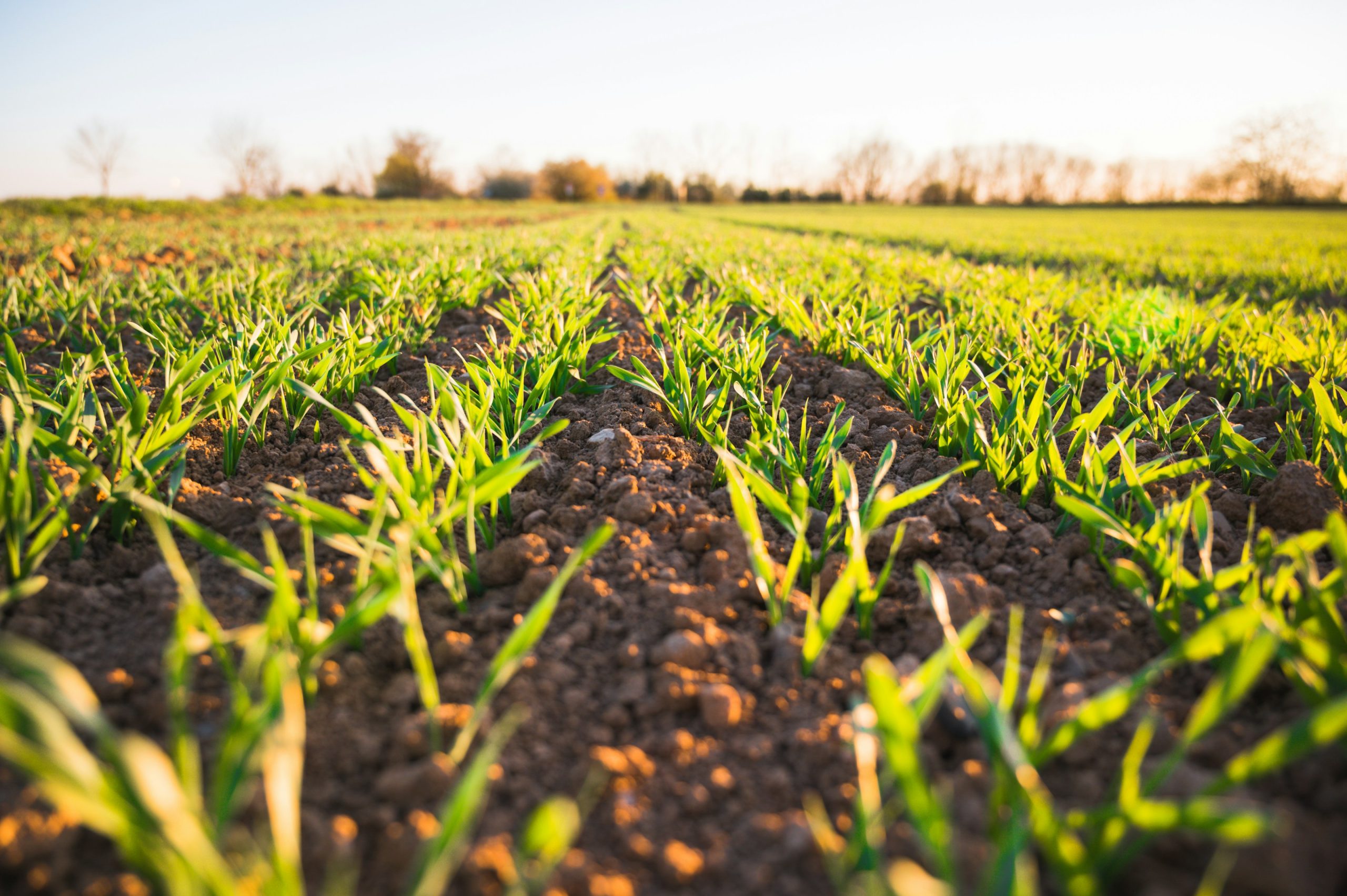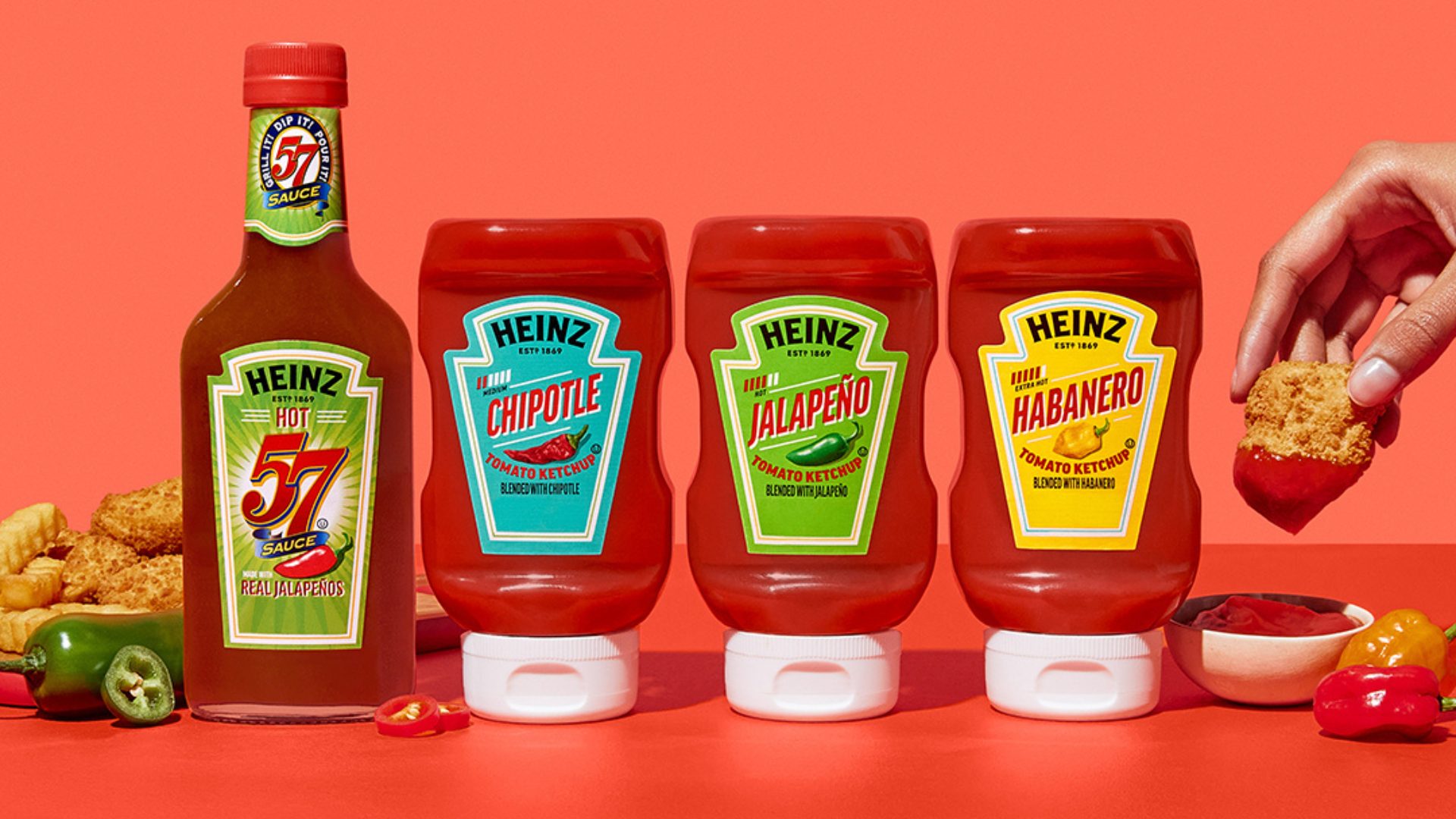There’s no such thing as a food industry without food packaging. How food and beverages are packaged is critical to their safe consumption, appeal (taste, smell, and appearance), and freshness. The cost of packaging items can add up exponentially, impacting the bottom line of restaurants, food manufacturers, and other food-related businesses.
According to the U.S. Department of Agriculture, the cost of food in stores and restaurants is affected chiefly by the cost to “bring it to market,” which includes packaging expenses. For businesses in the food industry, even a slight reduction in these costs may result in significant savings. Here’s how it can be done in 2024. …
Evaluate Your Current Packaging
In order to achieve a certain objective, you must first take stock of your current situation. Let’s start by evaluating your current packaging costs. The best way to do this is by gathering detailed information on what you spend to package foods, including the following:
- Cost of materials
- Labor
- Transportation
- Additional fees
Scrutinize this data and focus on the most substantial contributors to your packaging expenses.
Once you have a better picture of what you’re spending and where, look for ways to reduce your costs. For example, you could request more efficient packing or use alternate materials for shipping. You may be able to negotiate better shipping deals from your suppliers or explore more synergistic solutions.
While you’re assessing your packaging, think about how it affects the way clients view your brand. High-quality, attractive packaging can boost customer loyalty. Identifying areas for improvement and cutting costs packs a one-two punch in saving money while maintaining a solid brand identity.
Choose the Right Materials
Your food packaging costs and effectiveness depend greatly on the materials you use. When considering materials, be sure to account for these factors:
- Raw costs
- Product protection
- Sustainability
- Compliance with law and industry regulations
Let’s take a closer look at common packaging materials.
Paper: Versatile and cost-effective, paper packaging is the go-to for many food items. It is usually recyclable and biodegradable, making it a good choice for environmentally conscious businesses. However, paper is not always the best choice, especially for products that need moisture-proof or tamper-evident packaging. Using paper to package some products may not be practical or align with brand perception. For example, foodies may expect to see private label hot sauces in glass or plastic bottles, not paper cartons.
Plastic: Plastic is known for its durability, versatility, flexibility, and ability to act as an effective barrier. Although plastic is often cost-effective, it does raise environmental concerns. Some plastics, such as polyethylene terephthalate (PET), high-density polyethylene (HDPE), and polypropylene (PP) are recyclable. Other plastics are more difficult to recycle and are not recommended for food packaging, especially in an era of eco-conscious consumers.
Biodegradable materials: Corn starch-based plastics, mushroom packaging, and biodegradable polymers (also called bioplastics) are just a few examples of sustainable materials that bacteria and other organisms can decompose. Because these materials are compostable or biodegradable, they have a reduced environmental impact. However, they may be more expensive upfront than other materials.
Minimize Waste
Think about how much money you might lose on unnecessary packaging or materials used only once. Consider these strategies for reducing waste:
- Optimizing packaging sizes: Ensure that your packaging is sized correctly for your products and avoid excessive unused space.
- Using reusable or returnable packaging: Save money by recycling or returning packaging that can be used multiple times, especially for high-volume products or shipments.
- Minimizing packaging materials: Do you really need all those packing peanuts? Use the minimum amount of material needed to safely pack products.
Reducing packaging waste not only saves money on materials but also lowers transportation and disposal costs. You can also lower your environmental footprint and may even be able to create revenue streams through recycling or composting programs, which also improves your bottom line.
Negotiate Better Deals
One of the best ways to lower packaging expenses is by negotiating lower prices with your suppliers. Here’s some advice along those lines:
- Do your homework: Gather information about market prices for similar packaging materials.
- Leverage your purchasing power: If you regularly make bulk or high-volume purchases, remind your supplier of your high value and consistency as a customer.
- Offer to pay upfront or buy in bulk: There may be discounts available for early payments or large purchases.
- Explore alternative payment options: Consider alternate payment plans or consignment, which may improve your bottom line with lower payments that allow operational flexibility.
It’s also important to regularly review and revisit your agreements with suppliers and vendors. Renegotiating helps ensure you’re getting the best deals.
A final strategy to consider: group purchasing involves multiple companies combining their purchasing power to negotiate better terms with suppliers. One example might be eateries and bakeries in a neighborhood joining forces to purchase containers, labels, and bags from the same company – which can sometimes result in a significant discount.












